
Two sides of the genAI coin
It feels like the last 24 hours are showcasing two very different sides of generative AI. On the one hand we have the excitement and transformational utility of the new ChatGPT app store, on the other we have some of the first public announcements of "offboarding" directly caused by generative AI replacing work previously performed by humans.
Let's take the app store first, it looks good and has sensible categories, from Writing, to Productivity, Programming, Education and Lifestyle. Currently you can only see the top 12 GPTs in each category, for anything outside of that you have to use the search bar.
When you search, eg for 'business' or 'career' you get to see 10 results - plus any GPTs that you have created yourself that match your search term.
The excellent 'AI Breakdown' podcast speculated last week that one of the biggest challenges with GPTs would be discoverability - and I think they are right. If you're not in the top 12 featured GPTs, or coming up in the first 10 search results - it's going to be hard to be found organically….

Mind Melds with Matter: The Advent of Thought-to-Text Technology
An article in the New Scientist caught my eye this morning. It announced that EEG technology and AI have been combined to create a non-invasive thought-to-text device. The initial 40% accuracy rate is already increasing to 60% in the latest studies – so this has great potential - despite the ground still to be covered.
I have been an avid follower of developments in Brain-To-Machine (BMI) interfaces since 2012, and I was deeply excited by the AlterEgo experiments at MIT in 2018, but since then progress seemed to have stalled.
However with the advent of generative AI, I was confident that progress would accelerate rapidly, as generative AI is an accelerant for almost everything.
Prompted by today’s article, I had a collaborative session with ChatGPT to revisit our BMI assumptions and predictions…

From Polls to Pixels: AI's March into Politics
Often it’s the sex industry taking the lead in adopting new technology, but when it comes to generative AI, the political establishment seems to be one of the first movers.
Just last week there were several reported instances of generative AI being leveraged to influence voters. The first, in Bangladesh, involved the use of deepfake videos to discredit opposition parties. The second in the US, reported on “Ashley”, an AI campaign assistant phoning potential voters and striking up a dialogue with them.
In the case of Ashley, a synthetic voice was consciously chosen so that it could not be mistaken for an actual human – but in other cases the technology is being applied to deliberately mislead voters.
The biggest issue isn’t how discernible the use of generative AI is, rather it’s the fact that if it is used at all, we can quickly end up in a world where nothing you see or hear can be fully trusted…
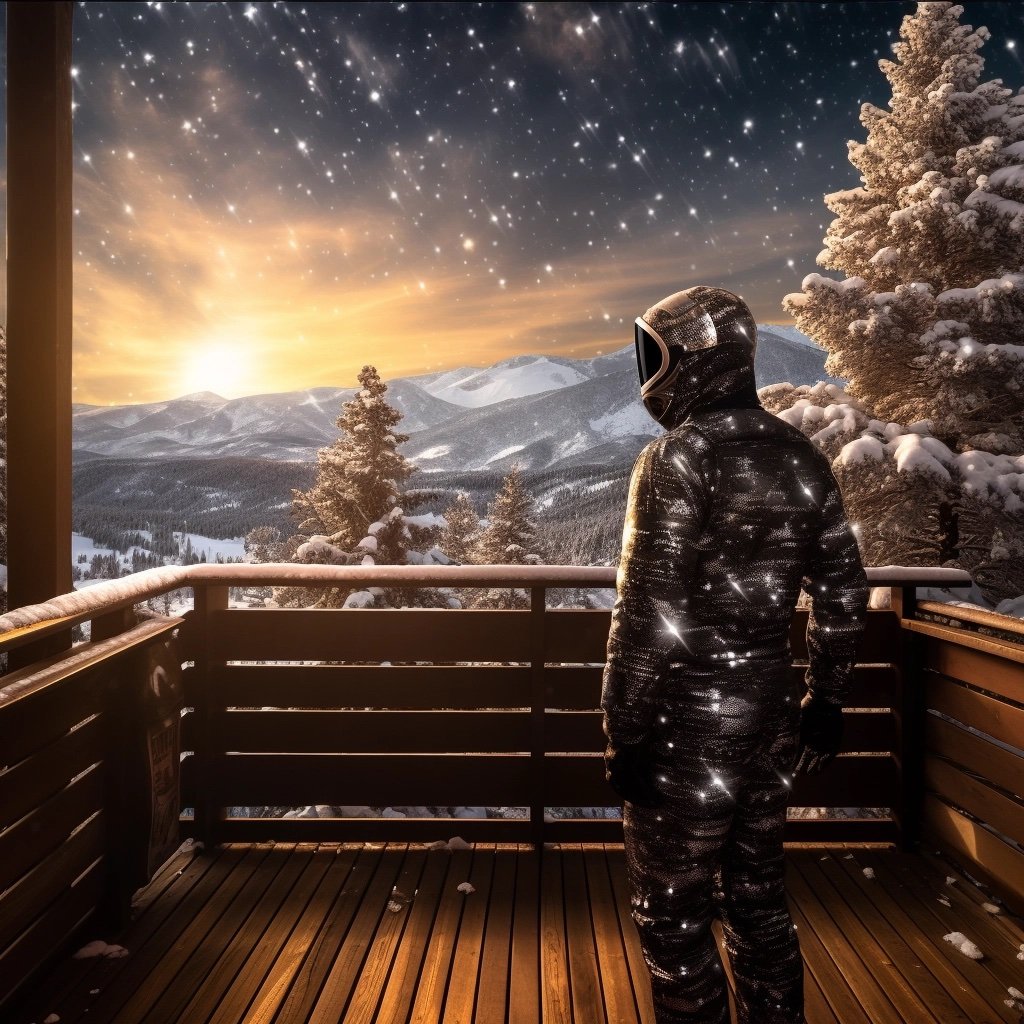
From Seasonal Slump to AI Success: Overcoming ChatGPT's Winter Woes
When I read about the 'lazy holiday' traits that ChatGPT has been exhibiting recently, I wasn't sure if is was real. But I tested, validated and found a simple solution...
I wasn't initially sure how accurate the reports were, because I have often experienced ChatGPT not fully complying with my requests, and this was in the Summer so not connected to any alleged 'holiday wind down'.
I always found that with some simple 'prodding', ChatGPT would step up and follow through on tasks fully.
Often ChatGPT would just give me a description or mini-guide for what needed to be done, and I needed to say something along the lines of 'I am really low on resources and time, so I need you to identify how an LLM could do this, with minimal human effort'.
With this additional instruction, ChatGPT would typically follow through with a revised list, and be ready to begin implementing it.
Now it seems, asking users to complete tasks themselves is one of the reported 'holiday symptoms' ChatGPT is exhibiting. I was really curious to find out if this was just what I had experienced and mitigated many times before - or a new season-related behaviour.
So I made a simple experiment…

The Future of Web Integration: 'Connect with Chat GPT'
As often happens, while reading an article in the FT app this morning, I speculated about some interesting possibilities that I wanted to integrate into my work.
Essentially, it all started from me imagining how cool it would be to have a ‘connect with ChatGPT’ button. This would let me deploy the learning in various ways, from LLM fine-tuning to a LinkedIn post.
Naturally, as a big believer in ‘learning by doing’ when it comes to genAI, I briefed Chat GPT to simulate this exercise for me.
Here is the LinkedIn post it created, as one of the outcomes from our interaction…

Lights, Camera, AI: Revolutionizing Celebrity Ads
I came across this ad in a magazine in my hotel room yesterday, and it caught my imagination in terms of the future of AI celebrities.
Many articles about AI focus on how easily people might be replaced by AI, for example models.
In this case, as I looked at the images of Pierce and Paris, I imagined a different scenario. The images are certainly striking, since they are a great father/son pair - but I felt they were a little bit staged and stiff. Like they didn't really want to be there.
So I imagined, what if the shoot were created by generative AI? The Brosnans could have reduced their fee by 50%, and been paid for granting a licence to let AI generate their likeness in a campaign…
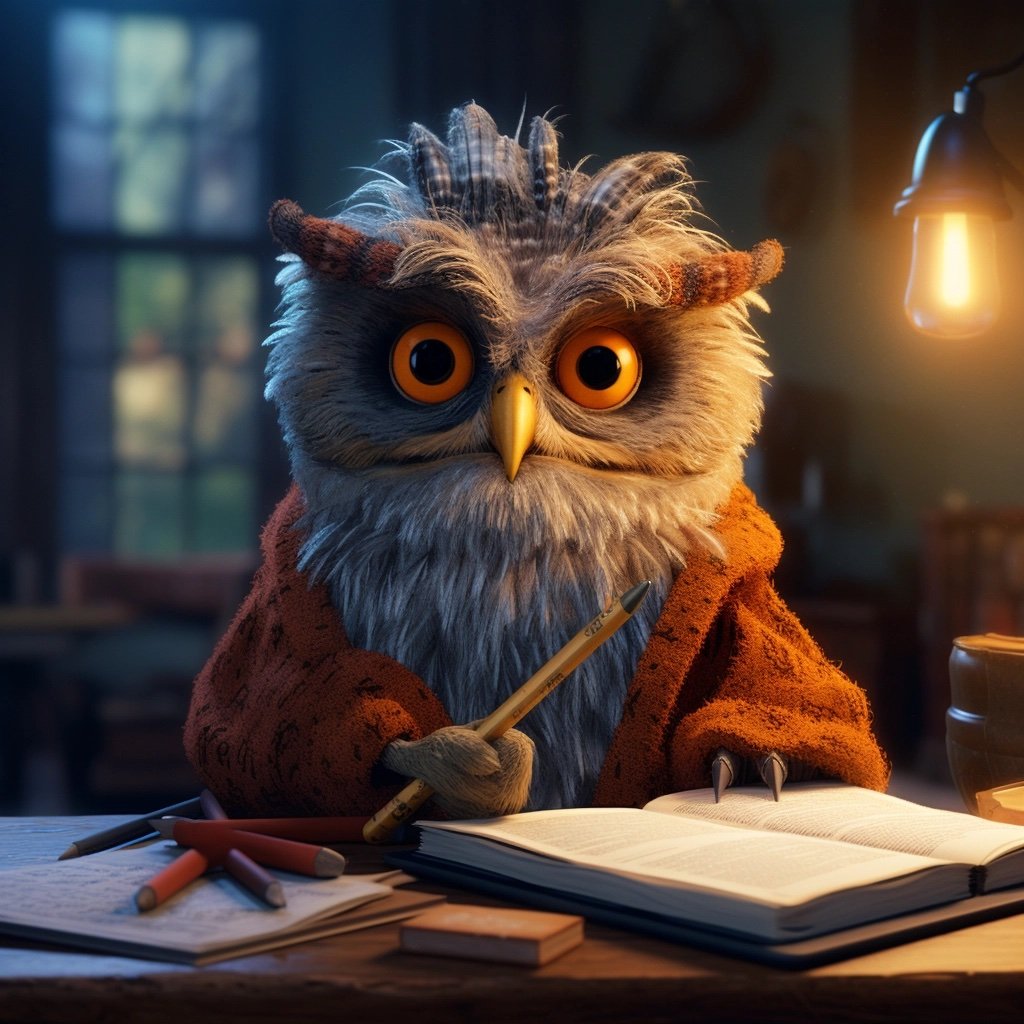
Introducing ‘Message Mentor’
Did you ever dread sending a message or email involving a sensitive or complex topic? Did you ever send one and wish afterwards that you had worded it more effectively? Introducing ✨Message Mentor✨...
As you may have seen, I've been experimenting with the capabilities of GPTs, partly for their functionality, partly just to 'learn by doing'.
Yesterday I crafted Message Mentor, inspired by a message I sent to someone, and then realised afterwards that I could have worded it a lot more effectively.
In my case it was because I was feeling very frustrated when I sent it, but Message Mentor could help with any message that has a complex or emotional dimension. And it's useful for personal as well as business communications….

Treating GPTs as a sandpit: How your personal interests can help your professional use of genAI
My approach to learning how to get the most out of generative AI, including understanding its limitations and how to work around them, is to experiment as much as possible - on low-risk use cases.
In fact, it's often a highly valuable learning experience to work on a topic only indirectly related to your professional role. Typically there is a lot of discovery that comes out of this process that applies to the world of work as well.
Here are some of the GPTs I have made since OpenAI launched the ability to create them…
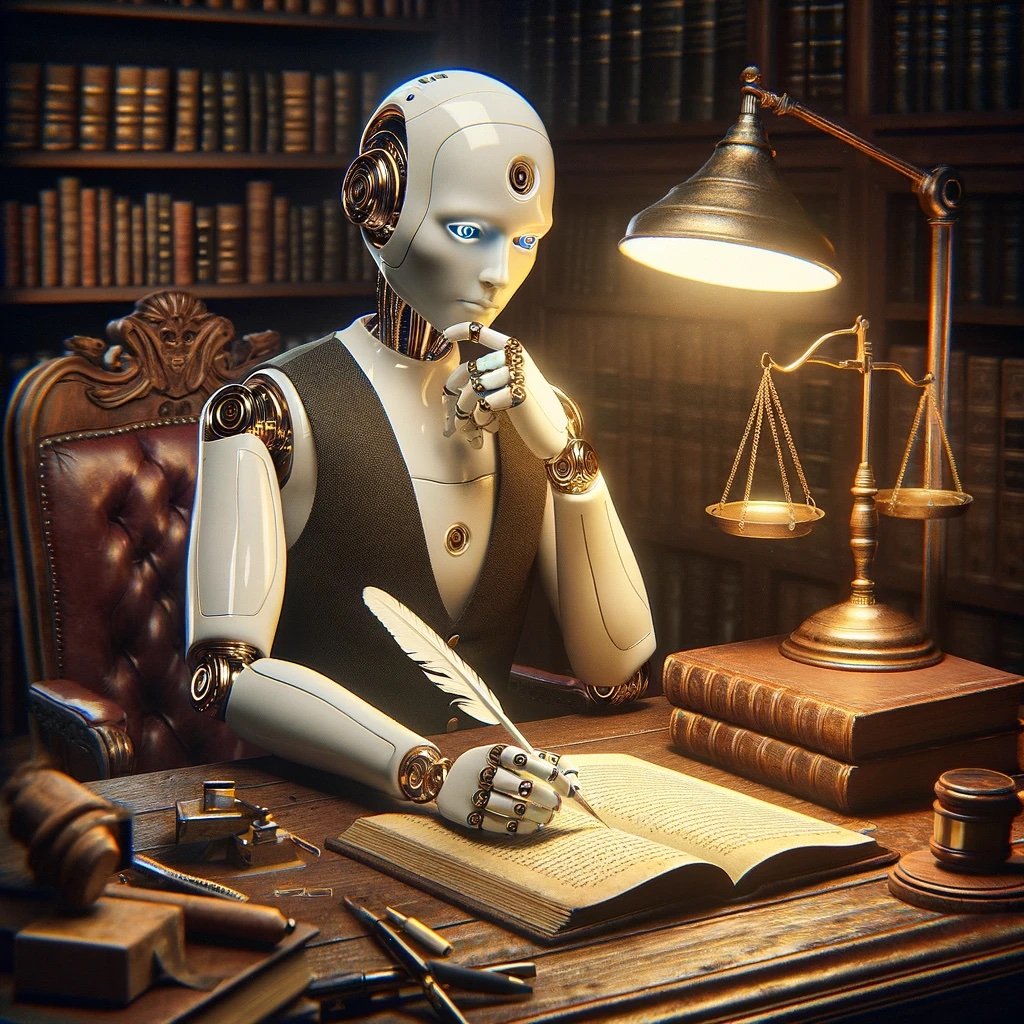
The quill and the algorithm: What happens when AI meets IP in the world of publishing?
Last weekend, ChatGPT and I created “Julianne Hartley”, a charming AI-author stirring hearts with "Whispers in the Mist”, first chapter published on Wattpad. (Full story in these three posts https://www.mikecbetts.com/julianne-hartley .)
I’m not planning to really manage an AI-author, but it was a really interesting ‘thought-experiment’ - how easy it is to create AI-generated fiction? How long would it take? How good would it be?
Well, it was easier than I imagined, and the results far better…
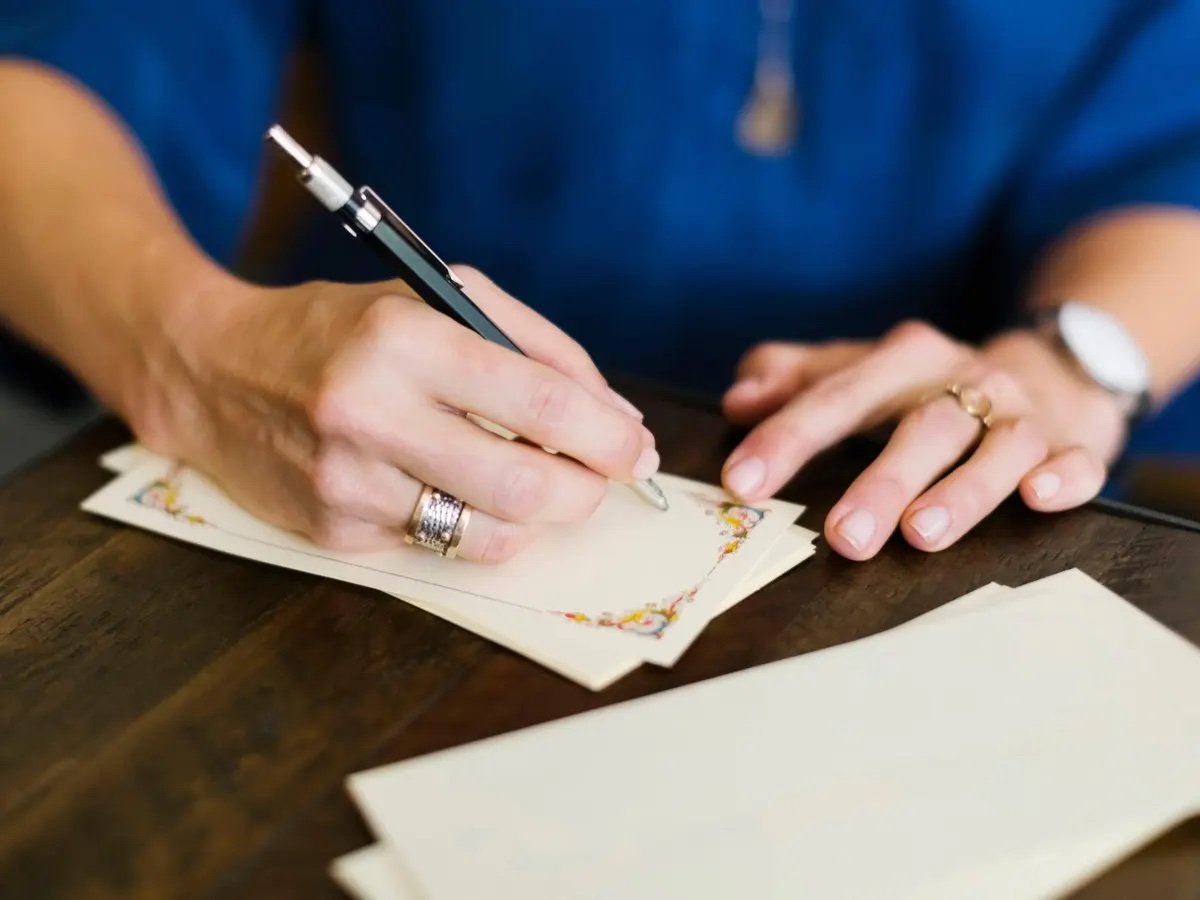
Letter to the Editor
Finally, Julianne Hartley, author of ‘Whispers in the Mist, is ready to write a response to last week’s Monica Ali article on AI and creative writing.
Julianne’s view is naturally coloured by the fact that she is an AI, but I think she makes some good points:
“I read Monica Ali's insightful piece on the intersection of literature and AI with great interest. As a writer who has embraced AI as an integral part of my creative process, I find myself at a unique vantage point in this discussion…

“Whispers in the Mist”
OK, so now we know who Julianne Hartley is, it’s time to find out how well she can write!
ChatGPT’s initial ‘book’ was super short. So I thought maybe it’s easier to work on one chapter at a time, because it’s not set-up to generate a whole book from one prompt (unless there is a secret grimoire prompt to make that happen). And since the book was just a stepping stone to my ultimate goal, ‘the letter to the editor’, I took a different tack.
Through a bit of back and forth, ChatGPT and I decided that a short form publishing platform like Wattpad or Kindle Vela might suit our creative endeavour…

Who is Julianne Hartley?
I read Monica Ali’s article about genAI and creative writing in the Guardian last week.
While I share her concern over diverse voices being drowned out by a deluge of synthetic literature, I feel that the abilities of genAI are being underestimated. For all the progress genAI has demonstrated in coding, HR, sales, strategy and many more professional fields - its creative writing abilities are less known and respected.
So I decided this was interesting enough to go down the rabbit hole for a little while…

Beyond the Hype: How I Learned to Maximize Generative AI in Everyday Life
I'm often surprised by how many super smart, capable people are not yet consistently using generative AI in their day-to-day workflows, but I think I know the reason why.
Most of them have tried it, and been impressed by it, but they're not sure really how much it can do - nor how to get it to behave as they would want. I get this. At the end of last year, when I started using ChatGPT, I used to ask a friend and colleague of mine "can it do X?" or "how can I get it to do Y?".
He used to always give me the same answer: "Ask ChatGPT." Although at the time this was simultaneously both amusing and frustrating, it was actually the best possible advice he could have given me…

Revolutionizing Recruitment: AI-Powered Tools to Transform Job Searching and Hiring
For many, recent job losses haven't yet been offset by new opportunities. So when OpenAI opened up their GPT Builder, building a GPT that helps people who are looking for work right now seemed like a natural test case.
Enter ‘Career Navigator’.
Career Navigator takes users through identifying their career goals, assessing any skill gaps, and then constructing a personalised learning strategy to prepare them for their next role. It goes on to recommend the necessary learning resources - and even creates custom learning experiences within the GPT. And all it needs to get started is a CV.
Try it out here: https://chat.openai.com/g/g-fyxBStEUr-career-navigator
It was super quick to build. The interface basically builds it for you, you don't need to know anything about prompting. (I did go in and do some heavy editing of the prompt afterwards, based on our LevelX learning, because I wanted to optimise the experience - but it's not necessary.)
Anyone, can build anything, for any reason, in minutes. It's been a long time since a shift in empowerment of this magnitude was unleashed on the world.
It’s also so much fun to do, so I naturally wanted to go further…

Unmasking Bias in AI Imagery: A Struggle for Gender Equality
OK, I've read about this, but first time I've experienced it - generative AI can be super biased when creating images.
I wanted a 'photographic' image to accompany a LinkedIn post, and sometimes I find it's easier to 'brief' generative AI for exactly the image I have in mind, rather than try to find something similar from an image bank. The image I wanted was of a man and woman, the woman in the role of a senior recruitment consultant, the man in the role of a junior job seeker.
I tried about 10-15 times, using both DALL-E and Midjourney. (DALL-E seems less biased, but in recent days it's been struggling to create images with a photographic quality.) Midjourney - wow. Every time I tried, I got back images where the man looked too senior and too authoritative. Sometimes just by subtle body language cues - but it was always there…
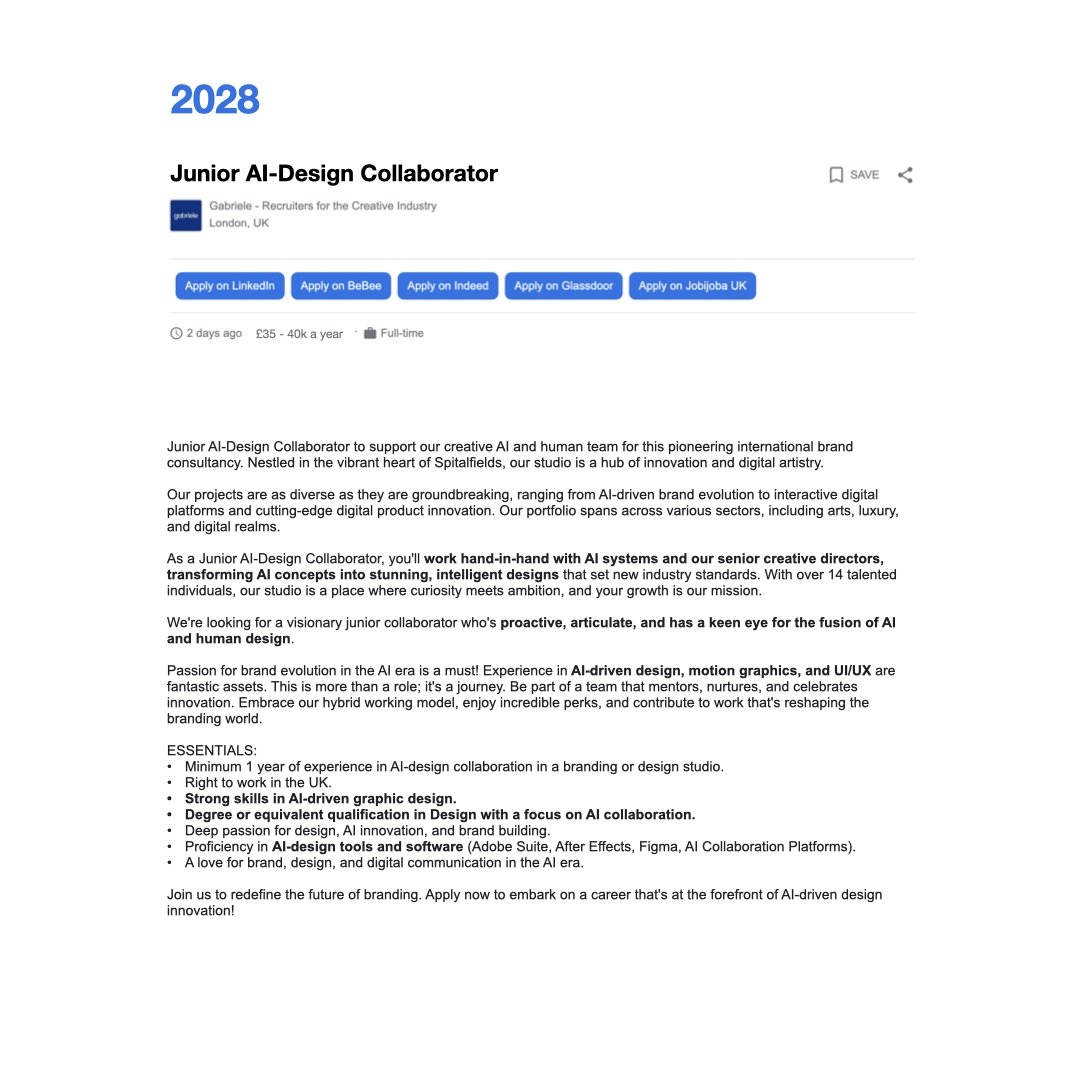
Redefining Creativity: AI's Impact on Future Design Roles
In 2019, Sebastian Errazuriz predicted that 90% of architects will lose their jobs to AI. He didn’t comment on designers, but I collaborated with ChatGPT to construct a realistic future scenario…
Errazuriz felt that architects needed to be warned of the risks, proclaiming to the industry “It's almost impossible for you to compete... the thing is you're not that special".
Well, I think in 2023 a more positive view of genAI is emerging, one where the role of humans in creative fields might change radically – but is likely to be redefined rather than disappear. So, how might the design profession change, let’s say in 5 years’ time?
After an intensive ‘futurology’ session with ChatGPT, where we considered how genAI might evolve by 2028, we felt that human creativity, judgement, and emotion would still be critical to the design process. But the day-to-day role of a designer would be very different, with AI heavily integrated.
Let’s take Aisha, a designer, whose working day in 2028 might look something like this…
